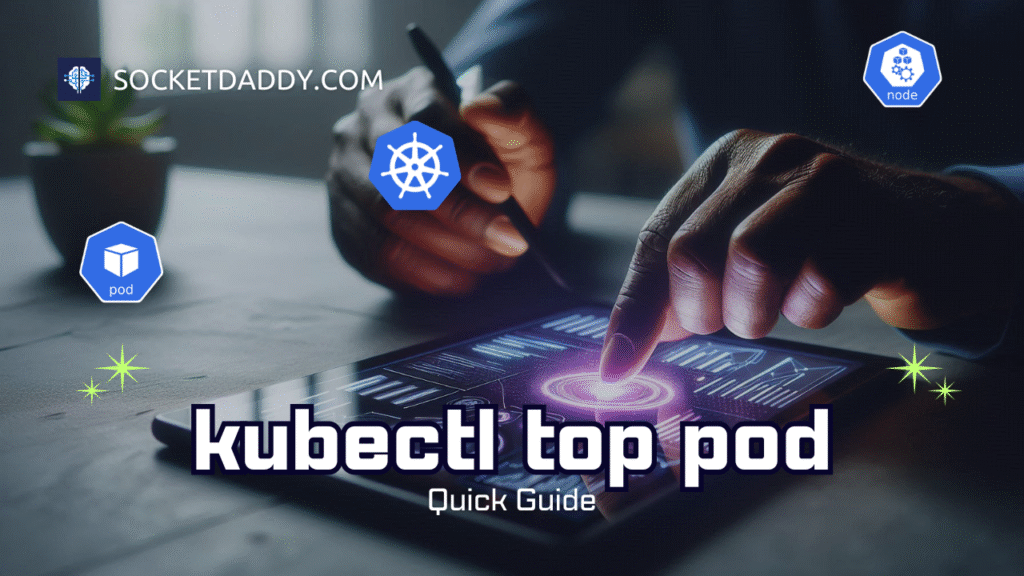
kubectl top pod metrics explained
Discover kubectl top pod command to monitor pod CPU and memory usage. Learn syntax, options, metrics pipeline, troubleshooting, and best practices.

Change the Reclaim Policy of a PersistentVolume in Kubernetes
Reclaim policy determines what happens to a PersistentVolume after its PersistentVolumeClaim is deleted. This article shows how to change reclaim policy from Delete to Retain or Recycle.
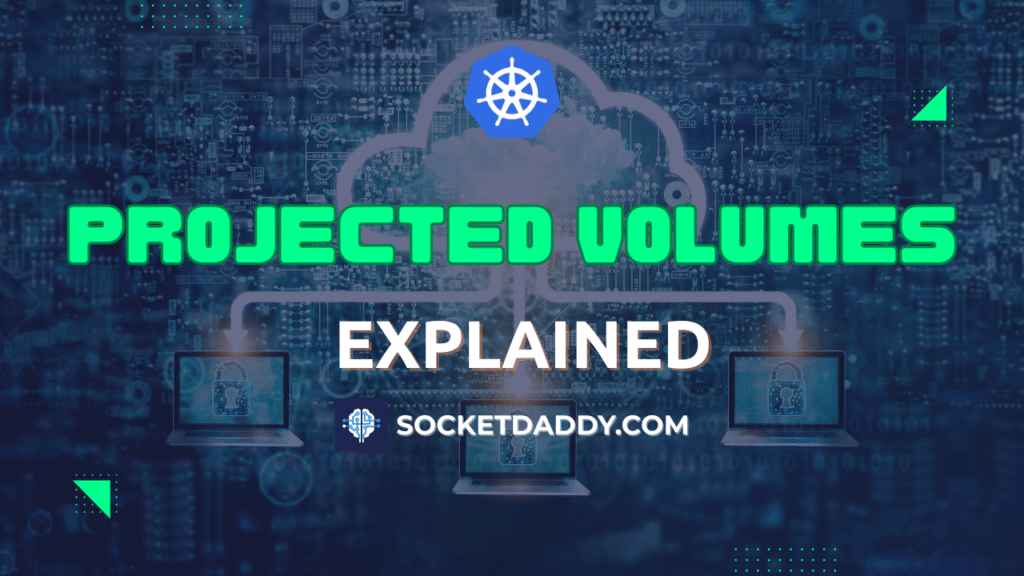
What Are Projected Volumes In Kubernetes
Explore Kubernetes projected volumes. Learn to merge secrets, ConfigMaps, Downward API, and tokens into a single Pod directory with YAML examples.
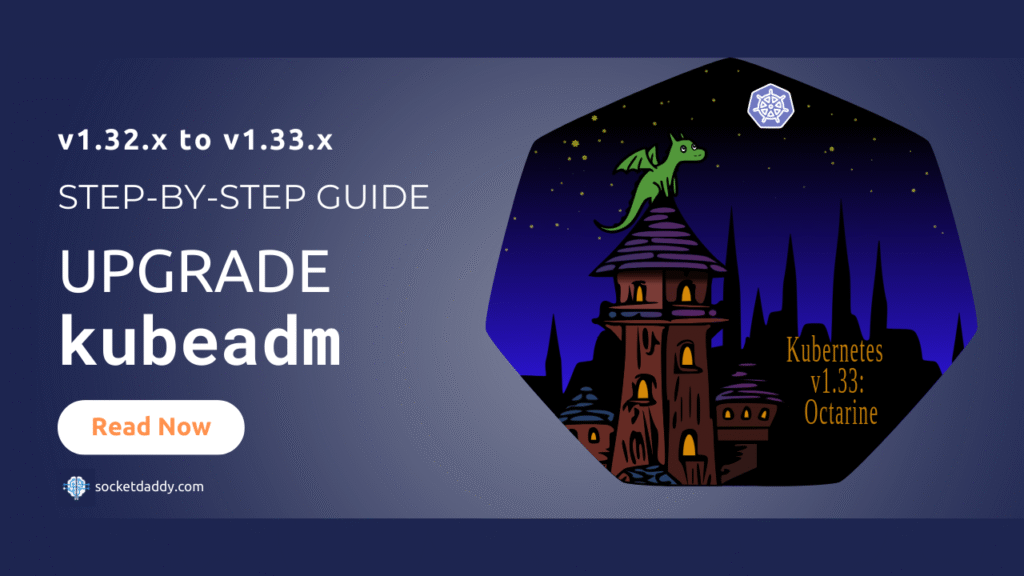
kubeadm upgrade – v1.32.x to v1.33.x
Step-by-step guide to upgrade Kubernetes clusters created with kubeadm from version 1.32.x to 1.33.x and beyond, including volume considerations, CSI, security, quotas, and event-driven workflows.
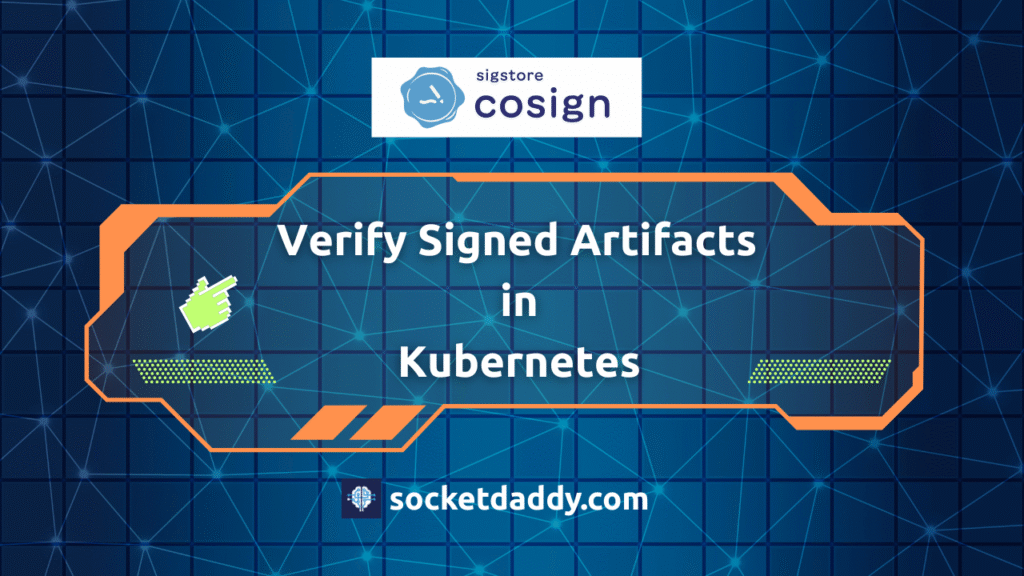
Verify Signed Artifacts in Kubernetes
Use cosign for keyless verification of Kubernetes binaries, tarballs, SPDX metadata and container images. Step-by-step guide with commands, diagrams and best practices.
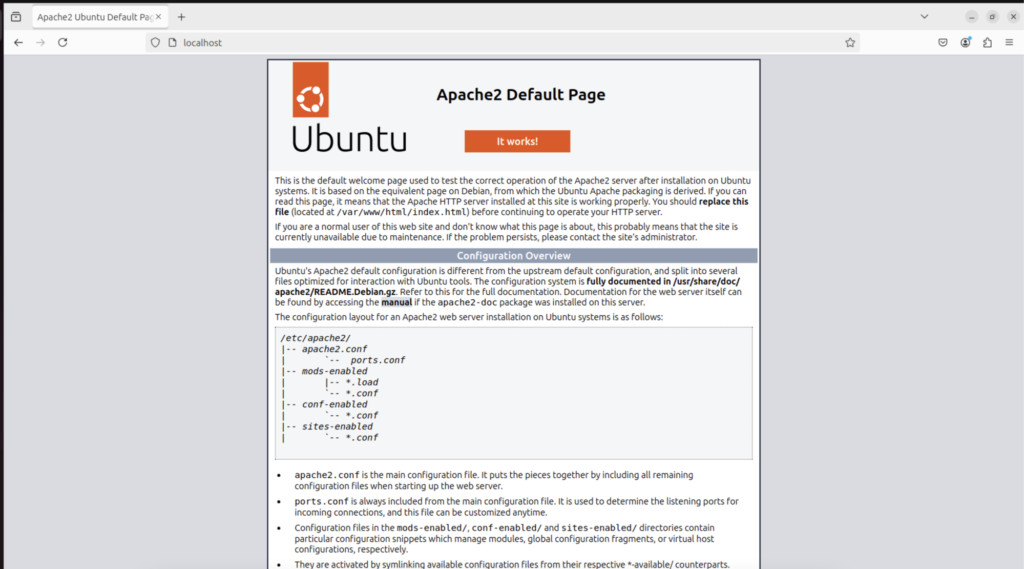
Install Apache on Ubuntu
Install Apache on Ubuntu with this simple, step-by-step guide. Learn how to set up your web server in minutes.
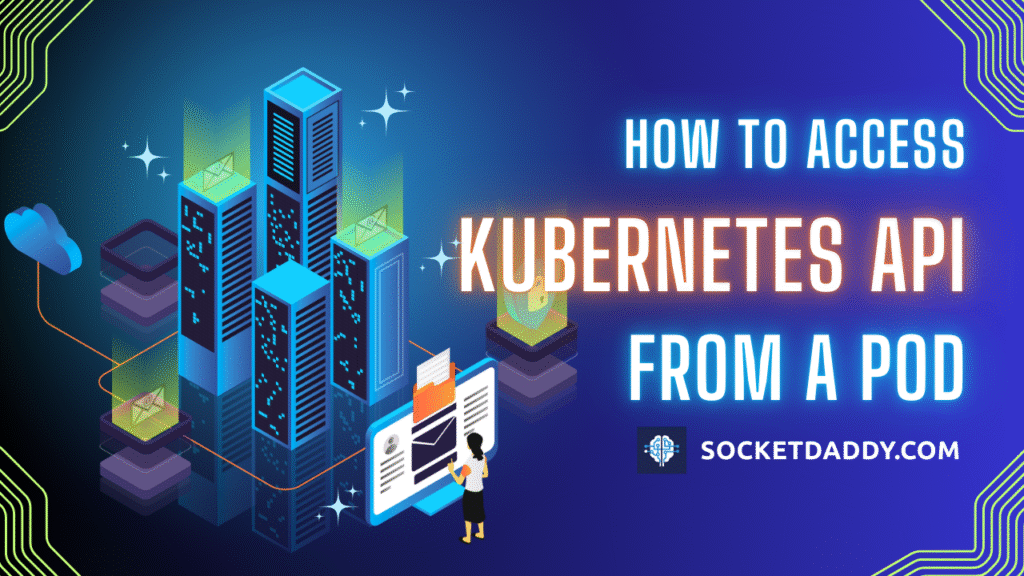
Access Kubernetes API from a Pod
Learn how to configure a pod with service account tokens, RBAC, and environment variables to call the Kubernetes API server securely.
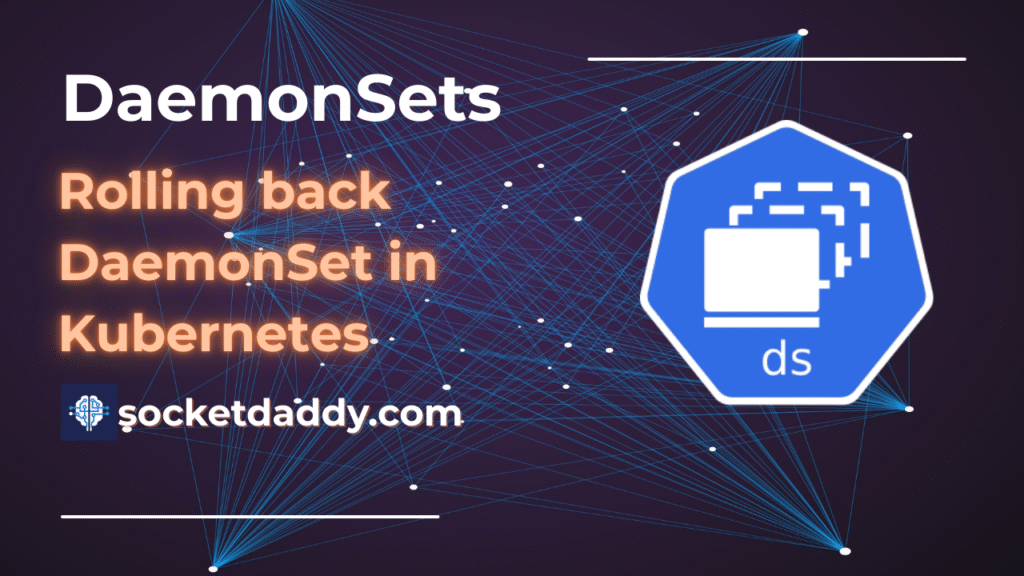
Kubernetes: Perform a Rollback on a DaemonSet
Rolling back a DaemonSet returns your cluster to a known good state when an update fails. You can revert to a prior revision without downtime. This guide shows step-by-step commands, YAML samples, verification and troubleshooting to restore your DaemonSet in production.

Using Imperative Commands For Managing Kubernetes Objects
Kubernetes teams need rapid object management. This guide shows how to create, update, delete, and manage live Kubernetes objects on the fly. You learn syntax, patterns, workflow, and real command examples.
